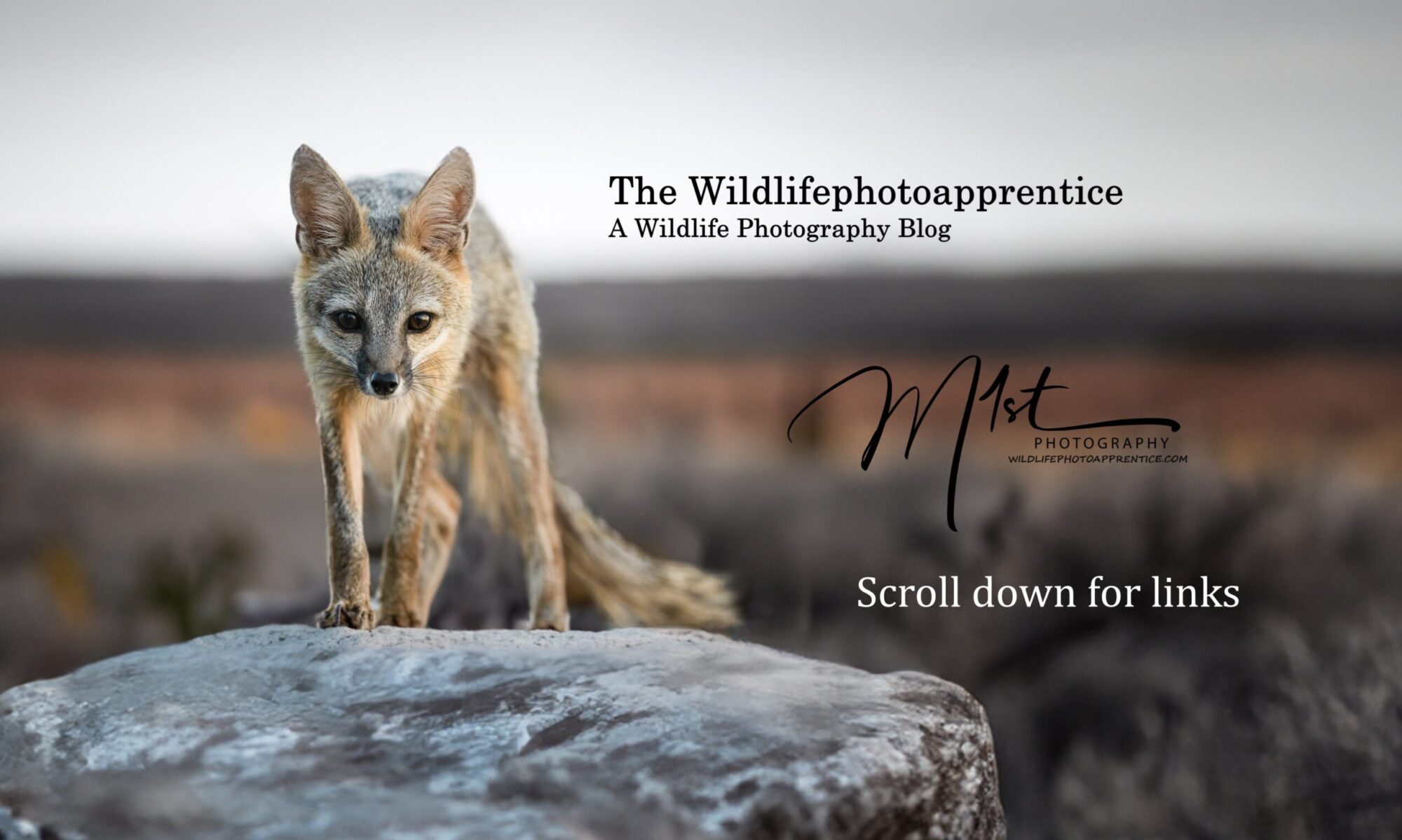A great wildlife photo is one that captures the essence and beauty of the subject in a unique and compelling way. There are many elements that can contribute to a great wildlife photo. Sharp focus, good exposure, emotional impact, unique perspective, storytelling, technical skills, and last but not least, Interesting composition. The photo should be well-thought-out, using techniques such as the rule of thirds, leading lines, symmetry, and framing to create a visually appealing and dynamic image.
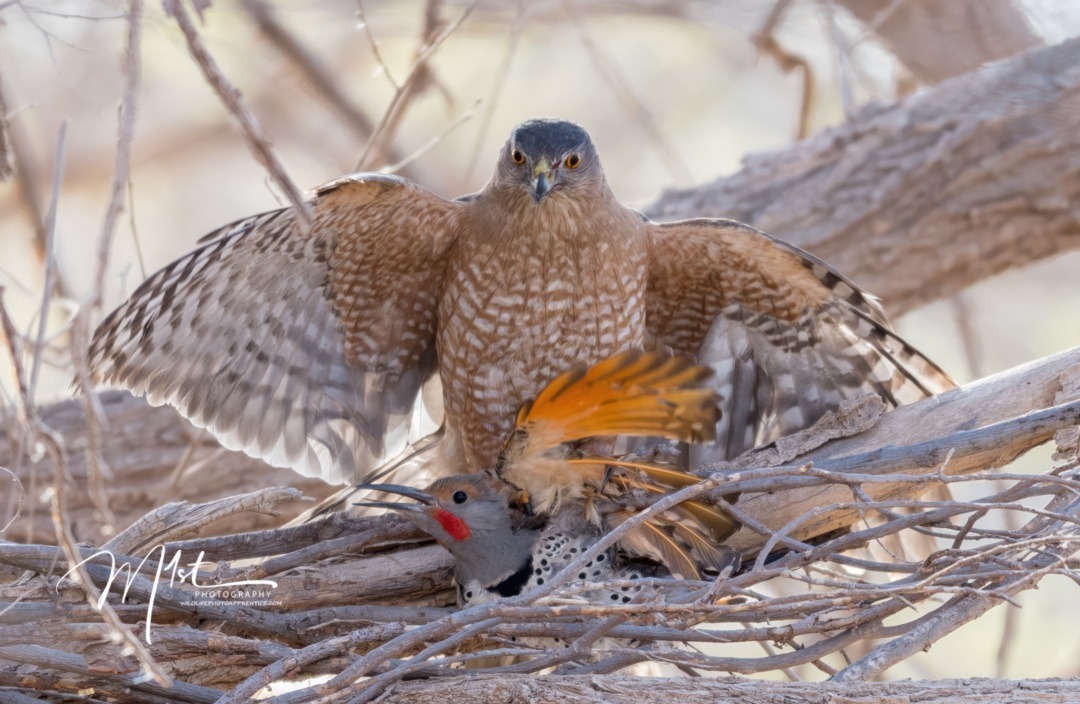
Photographic composition is the art of arranging elements within a photograph in a way that is visually appealing and effectively communicates the message or story that the photographer intends to convey. It is based on a variety of principles and techniques, including the use of lines, shapes, colors, textures, balance, and framing.
Composition is essential because it can have a significant impact on the mood, emotion, and impact of a photograph. A well-composed photograph can draw the viewer’s attention to the subject, create a sense of depth and movement, and convey a strong message or story. To achieve good composition in wildlife photography, here are some things to consider.
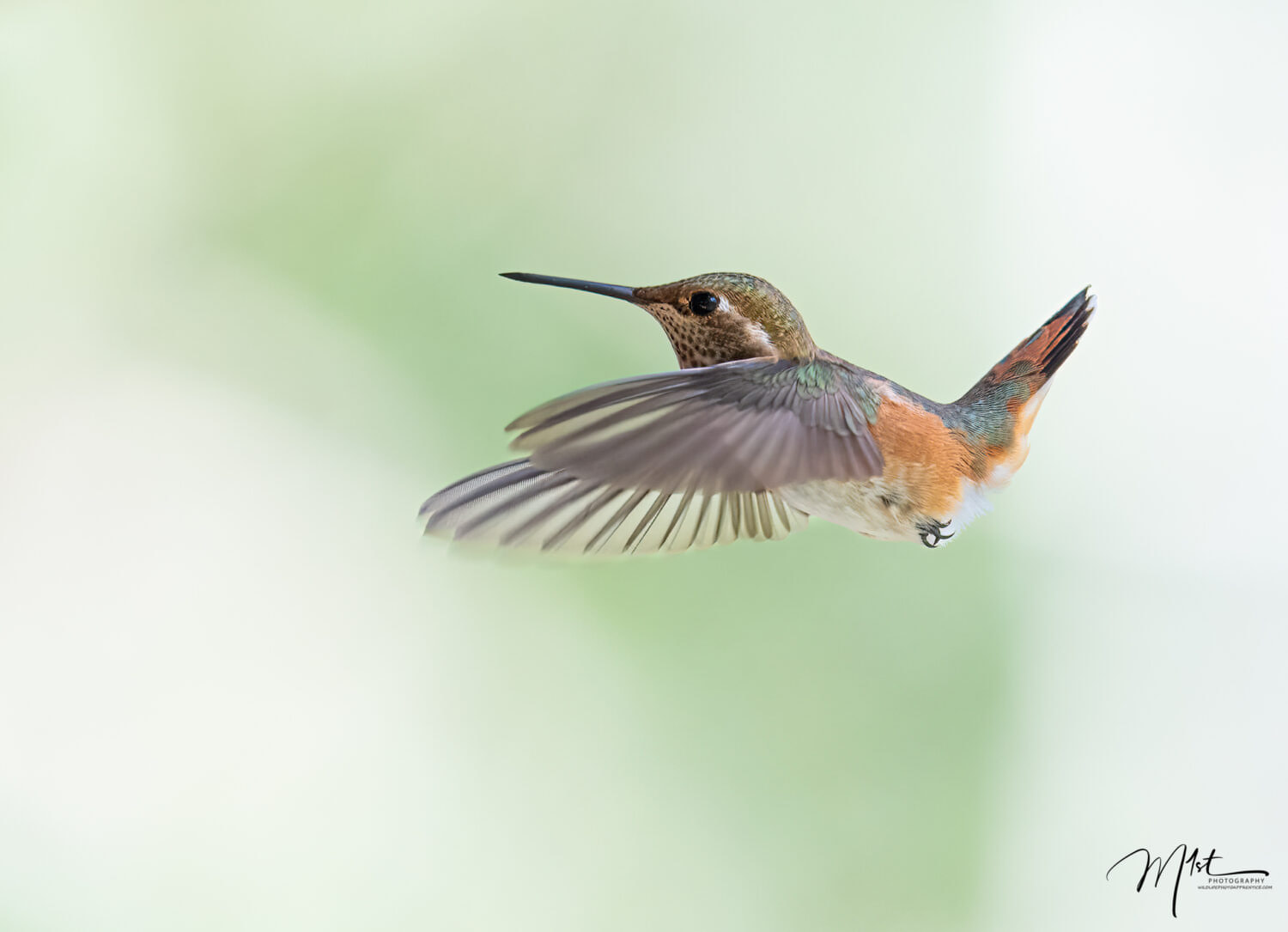
Initially, one of the most widely used composition techniques is the rule of thirds, which involves dividing the image into thirds both horizontally and vertically, creating nine equal parts. The main subject or focal point of the photograph should then be placed at one of the four intersections of these lines, rather than being centered in the frame. The rule of thirds is derived from the golden ratio, a mathematical concept that has been used in art and design for centuries. The golden ratio is a proportion found in many natural and man-made objects and is believed to create a sense of harmony and balance.
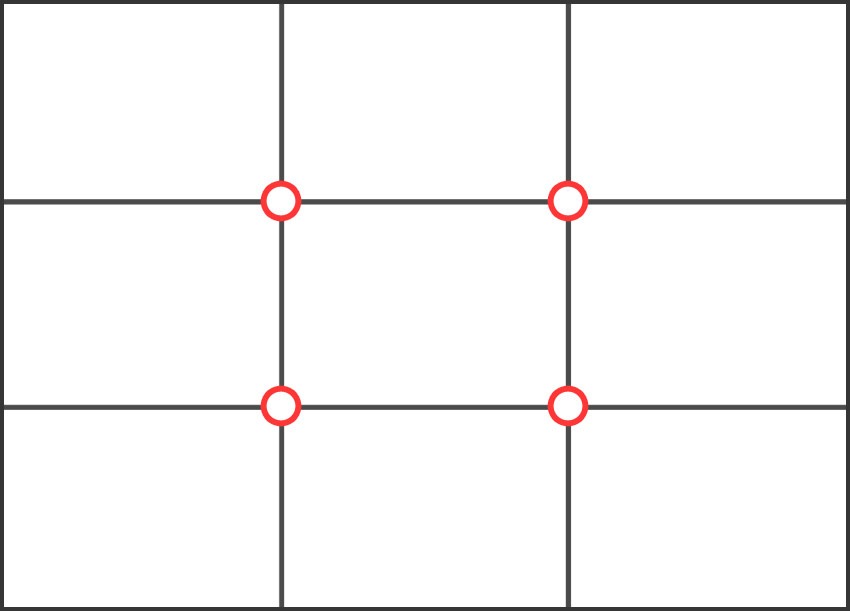
Similar to the rule of thirds are compositions based on the golden ratio and the Fibonacci sequence. The Fibonacci sequence is a mathematical sequence in which each number is the sum of the two preceding numbers: 0, 1, 1, 2, 3, 5, 8, 13, 21, 34, 55, and so on. This sequence appears in nature and art and is often used in photographic composition to create visually appealing images.
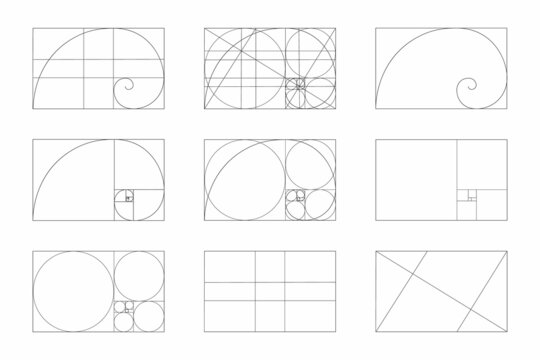
The Golden Ratio is the ratio of two consecutive numbers in the Fibonacci sequence. The Golden Ratio is approximately 1.618, and it is believed to be aesthetically pleasing to the human eye.
Photographers can use the Golden Ratio to create visually balanced images by placing the main subject at a point where the ratio of the distance from that point to one edge of the frame is the same as the ratio of the distance from that point to the opposite edge of the frame. This point is often referred to as the “Golden Point,” and it is located approximately one-third of the way into the frame from either side. The photograph is divided into nine rectangles along two horizontal and vertical lines according to the golden ratio. This is commonly known as a phi grid. This is commonly known as a phi grid. The image is then composed with important elements along the lines and at their intersections
Another way to use the Fibonacci sequence in photographic composition is to create a spiral composition. This can be done by placing the main subject at the center of the frame, then arranging other elements in a spiral pattern around it, with each element placed at a distance from the center corresponding to a number in the Fibonacci sequence. This creates a visually interesting and dynamic image that draws the viewer’s eye into the center of the frame.
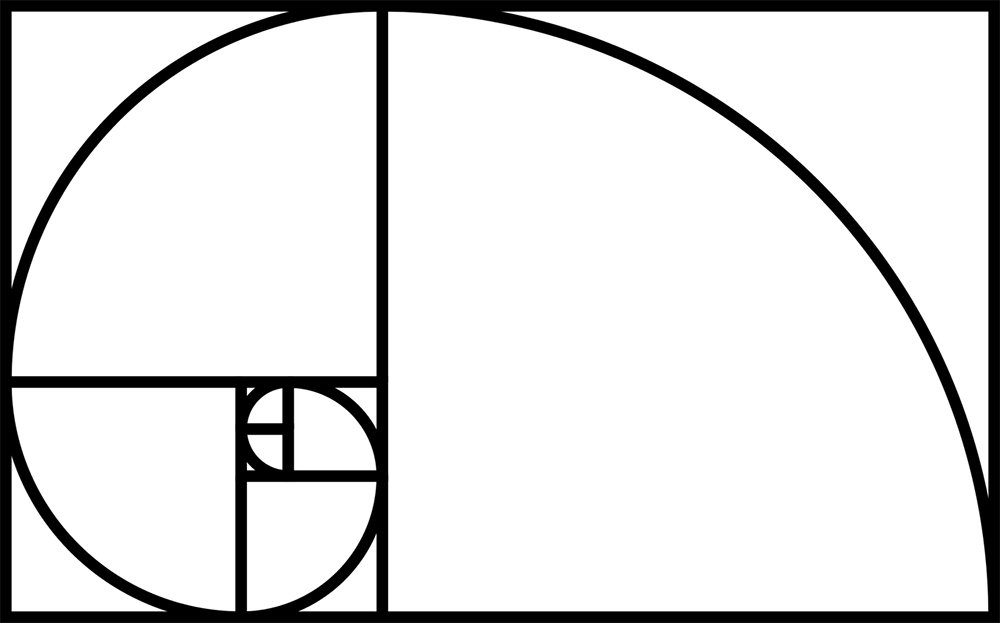
There are other interesting elements of composition to consider as well. I incorporating these into your photographs can have a tremendous effect.
Framing is the use of natural elements to frame your subject. This can add depth and dimension to your photograph. In wildlife photography, framing can be used to showcase the animal’s natural habitat and environment. For example, a photograph of a lion in the savannah can be framed by tall grass, creating a sense of the lion’s natural habitat. Similarly, a photograph of a bird in a tree can be framed by the branches of the tree, creating a sense of the bird’s position in the natural world.
Choose an interesting subject. The subject should be the focal point of the image and should be interesting enough to hold the viewer’s attention. Perhaps choose an animal for its uniqueness: Look for subjects that are unique or unusual. This could be a rare or endangered species or an animal with a unique feature or behavior.
Lighting is essential in photography, and it plays a significant role in wildlife photography. You should consider the time of day, weather conditions, and the angle of light when composing your shot.
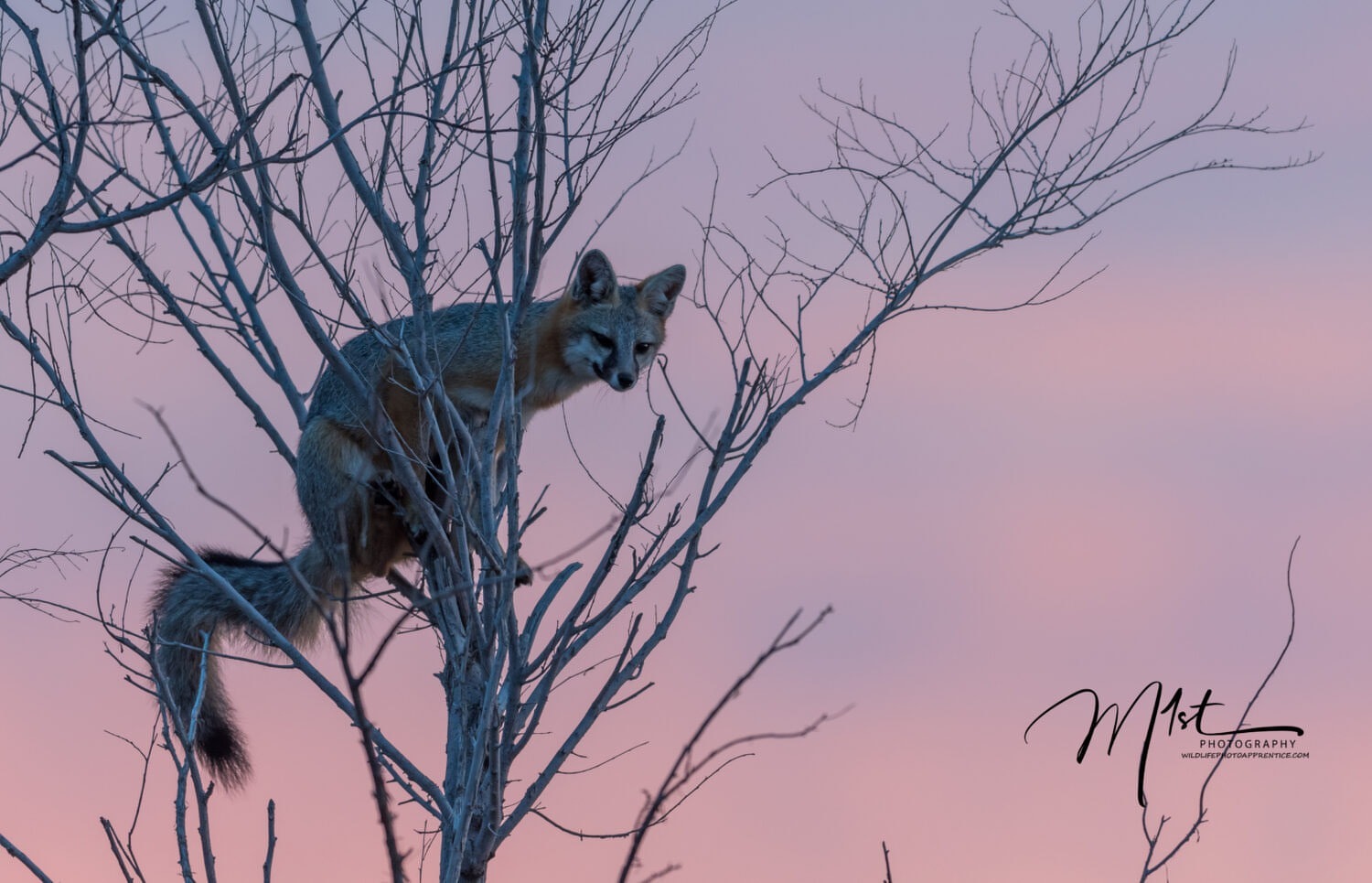
Pay attention to the background. A busy or distracting background can detract from the subject. Look for a clean and uncluttered background that will make the subject stand out.
Focus can be a compositional element. Make sure your subject is in focus. You want your viewers to see the details of the wildlife in your photograph. Most of all, focus on the subject’s eye and have it play a central role in your composition.
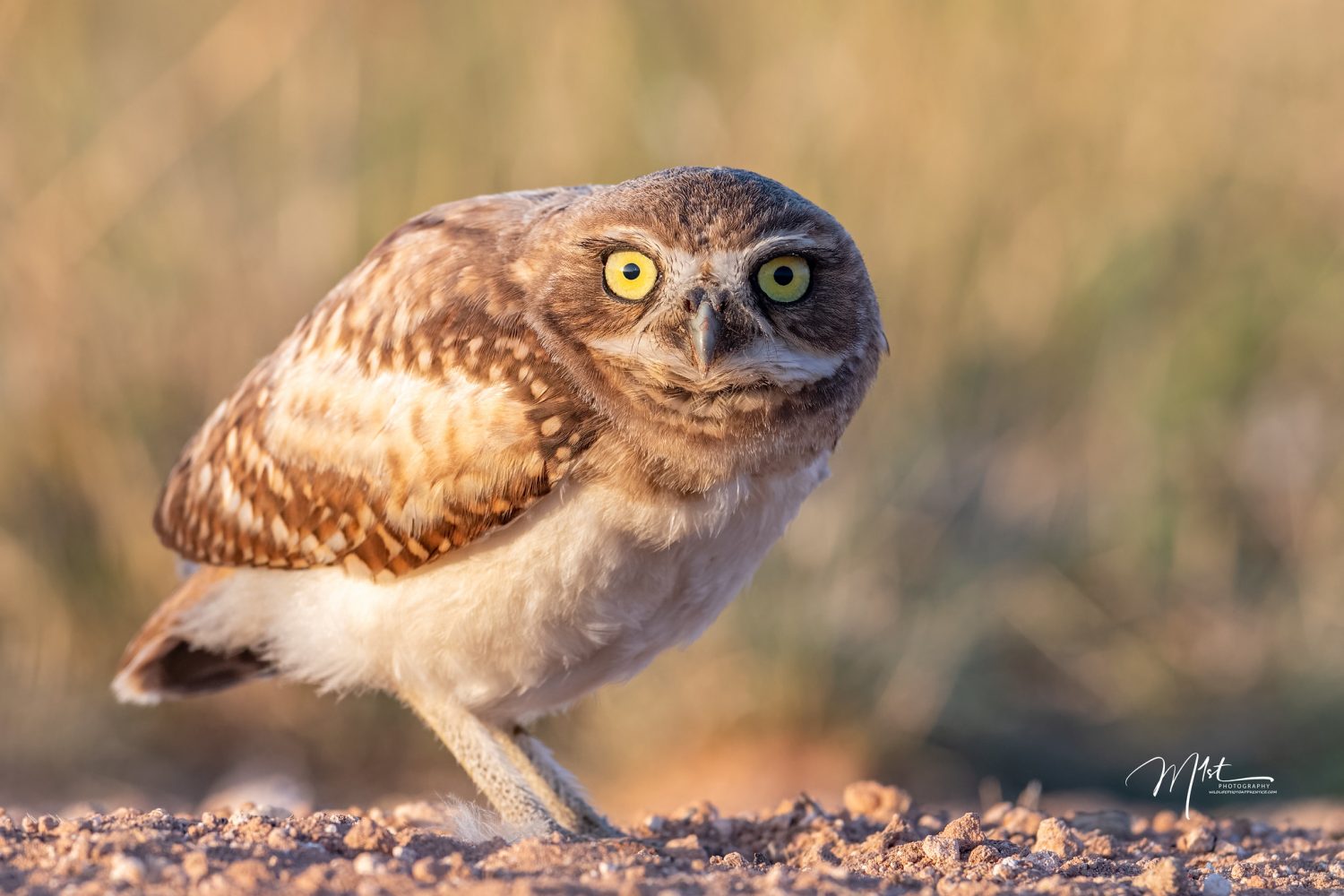
Don’t forget the foreground. Including a foreground element can add depth and interest to the photograph. Try to find a foreground element that complements the subject and helps to tell the story.
Use leading lines. Leading lines can guide the viewer’s eye toward the subject. Look for natural lines in the environment, such as tree branches or animal trails, to use in your composition.
Shutter Speed significantly affects composition. Adjust your shutter speed to capture movement. A fast shutter speed can freeze motion, while a slow shutter speed can create motion blur. Motion blur can add a compelling compositional element to wildlife photographs.
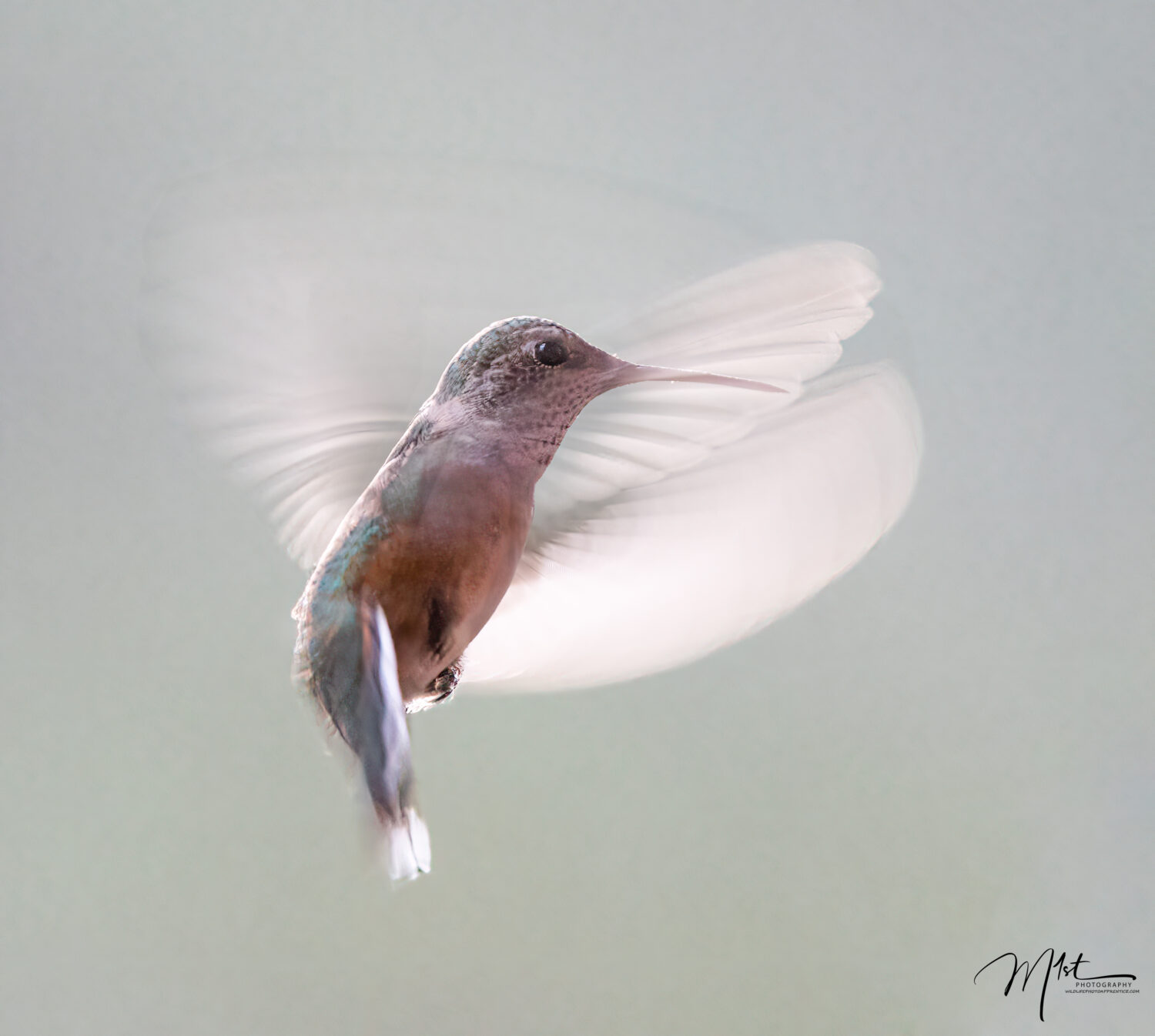
Symmetry and patterns are useful. Symmetry and patterns can create a sense of balance and harmony in a photograph. Look for opportunities to capture natural patterns or man-made structures that are symmetrical.
I often use contrast in my compositions. Contrast refers to the difference between light and dark areas of the photograph. Using high contrast can create a dramatic effect and draw the viewer’s eye toward the subject.
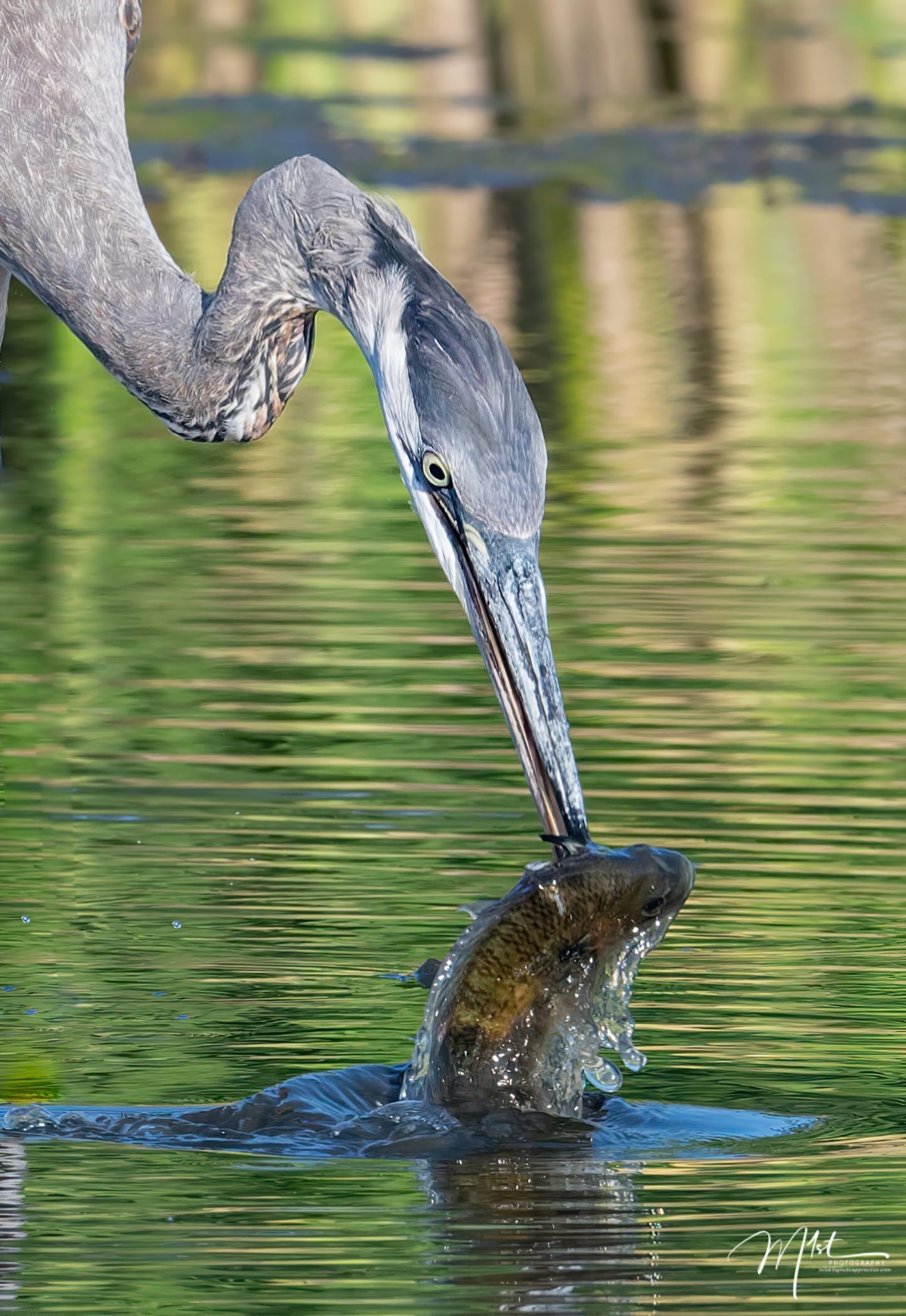
There are certain unique aspects of composition to consider in wildlife photography that differ from other genres of photography.
First, capturing a compelling and well-composed wildlife photograph often requires patience, as wildlife subjects are unpredictable and may not always be in the ideal position or location for a great composition. As a result, wildlife photographers need to be prepared to wait considerable amounts of time for the right moment to present itself and be ready to adapt quickly to changes in the animal’s behavior or position. It’s been said that “wildlife rewards the patient photographer”.
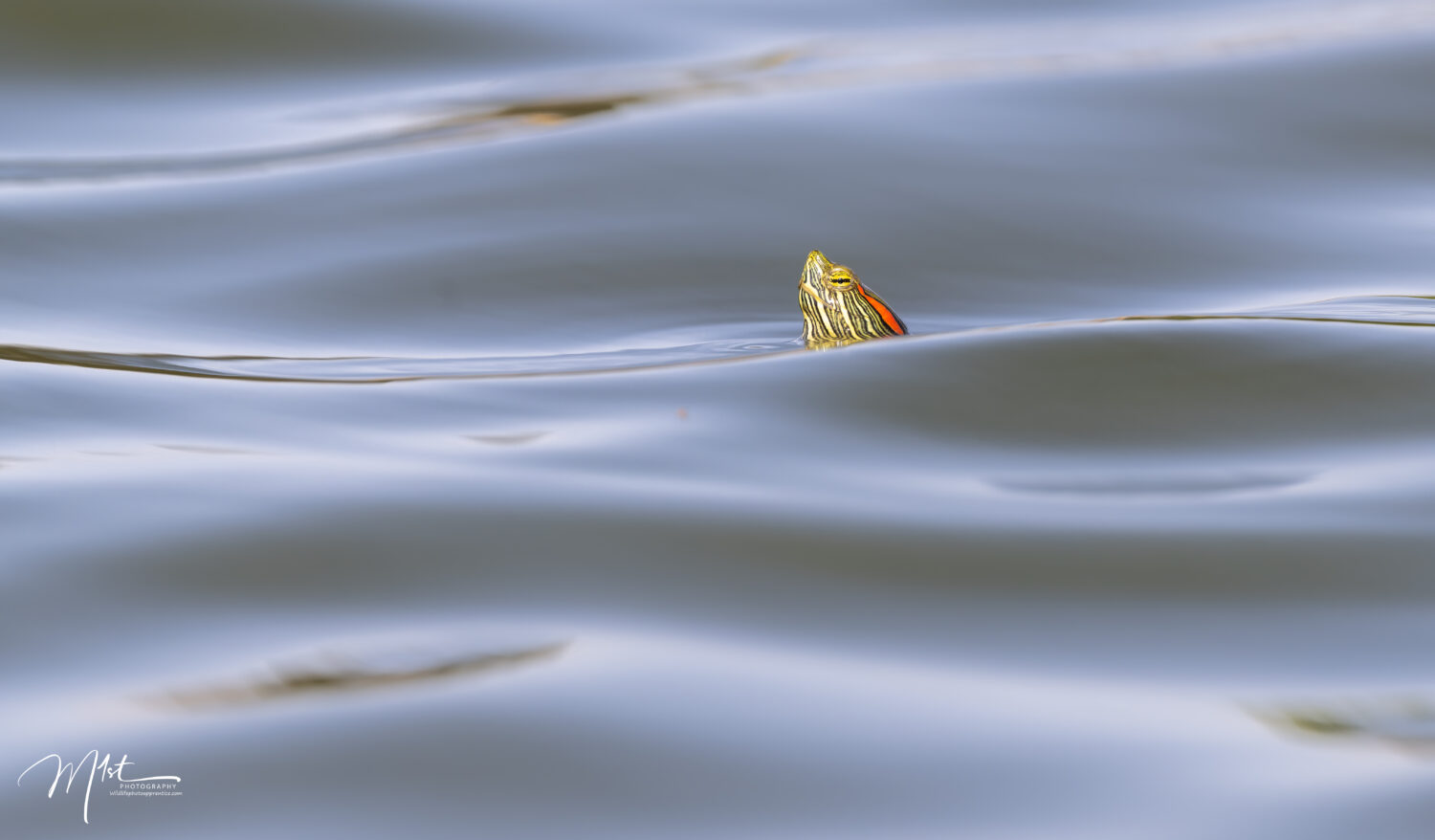
Secondly, wildlife photography often involves photographing animals in their natural habitat, which can be busy or cluttered. It can be challenging to isolate the subject from the background or foreground and to create a clean and uncluttered composition. Wildlife photographers may need to experiment with different angles and techniques to achieve a balanced and effective composition. Shooting wildlife at eye level is a powerful compositional technique.
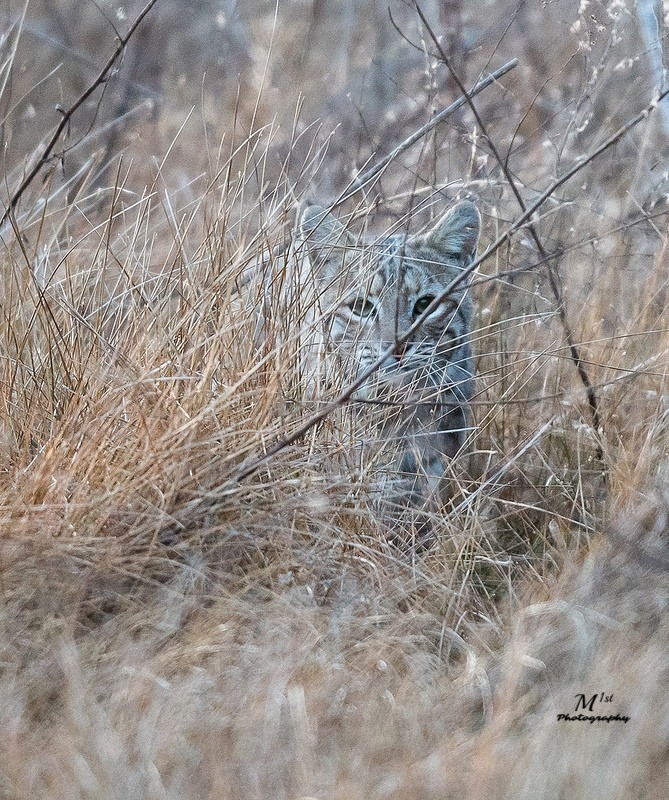
Thirdly, wildlife photography often uses a telephoto lens to capture animals from a distance. This can make it more difficult to create a sense of depth and perspective in the image, and to incorporate foreground or background elements into the composition. Wildlife photographers may need to use leading lines, textures, or other elements within the environment to create a sense of depth and movement in the image. Depth of field refers to the area of the photograph that is in focus. Using a shallow depth of field can blur the background and make the subject stand out.
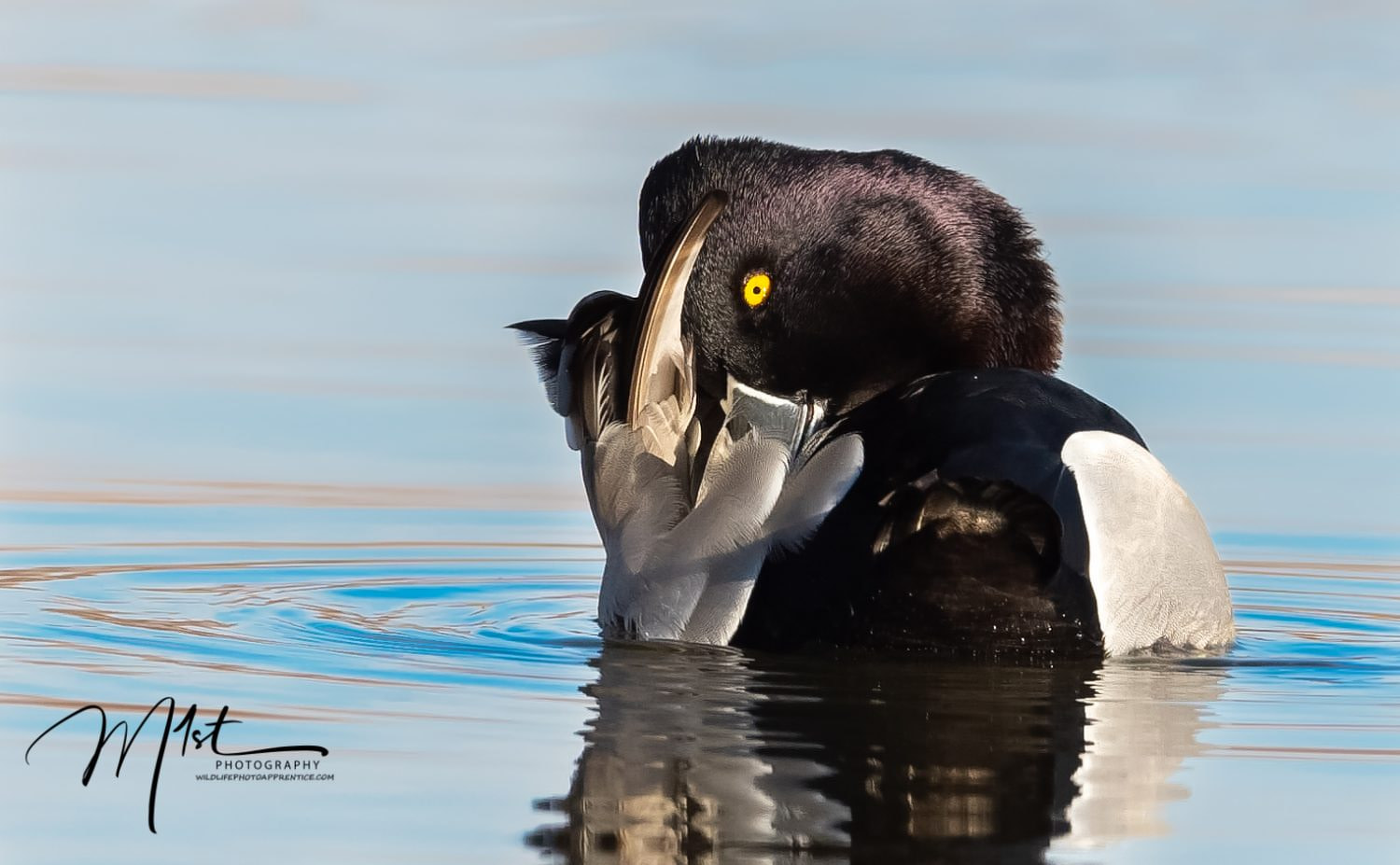
Fourth, action is a compelling element in the composition of a wildlife photograph. Look for opportunities to capture an animal in motion, such as running, jumping, or flying. Try to capture animals doing what animals do, pursuing and capturing prey, reproducing, or concealing themselves from predators. Capturing an animal in action or displaying a unique behavior can add interest and impact to your photograph. For example, photographing a bird in flight or a lion roaring rather than simply sitting still can create a dynamic and engaging image.
Remember, composition is a subjective art form, what works for one photographer may not work for another. Experiment with different techniques and find the style that best suits your vision and style. You can achieve strong and impactful compositions in your wildlife photography with practice and persistence.
In conclusion, composition is a crucial element in wildlife photography. By understanding the basic principles of composition, such as the rule of thirds, leading lines, and negative space, photographers can create captivating and visually striking images that highlight the beauty and majesty of the natural world. But composition is not just about technical knowledge and rules, it’s also about creativity and individual style. By experimenting with different perspectives, angles, and framing techniques, photographers can create their own unique visual language and tell their own stories through their images. With practice and patience, anyone can master the art of composition and capture stunning wildlife photographs that inspire and captivate audiences around the world.
